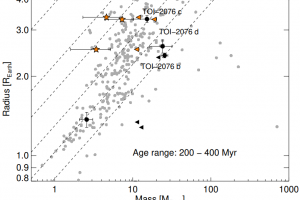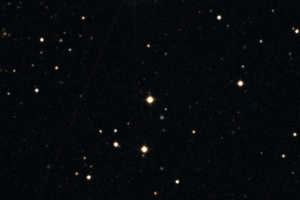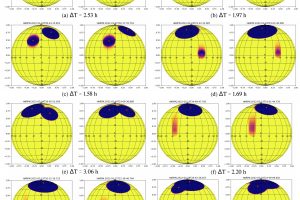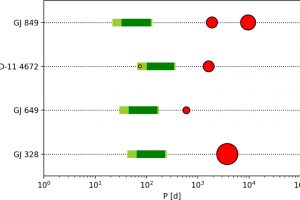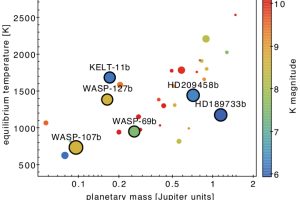Two hot Jupiters with a water-rich atmosphere. The study: “The GAPS Programme at TNG LXVII. Detection of water and preliminary characterisation of the atmospheres of the two hot Jupiters KELT-8 b and KELT-23 Ab” of M. Basilicata (University of Tor Vergata) appeared su A&A)
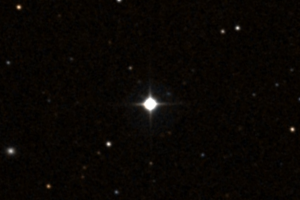
Observations carried out with the Telescopio Nazionale Galileo of two exoplanets belonging to the hot Jupiter class reveal an atmosphere rich in water, despite the high temperatures. Water is an essential ingredient for life as we know it—not only because we drink it, but because it is an exceptional solvent for the chemical processes that underlie life on Earth.
» Read more


